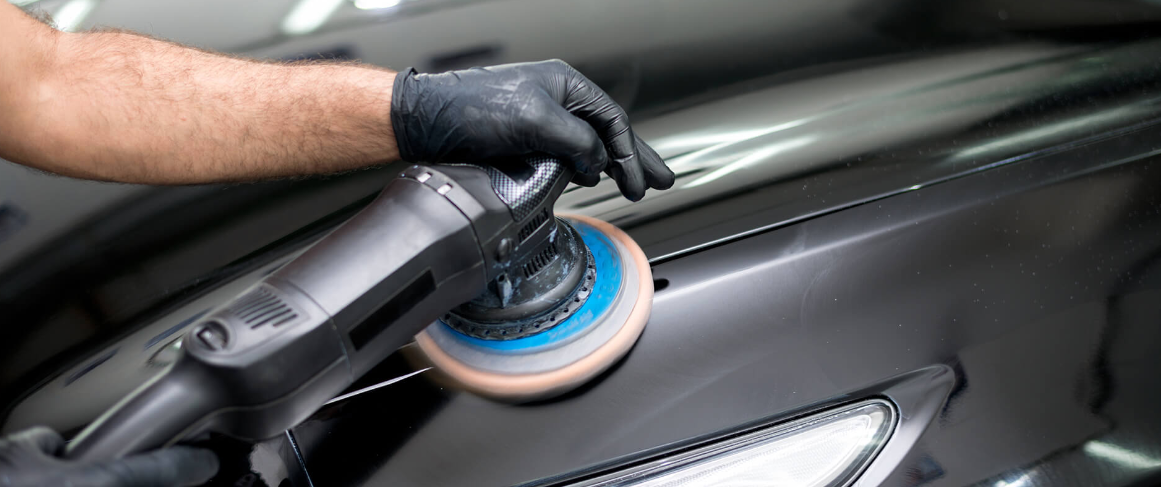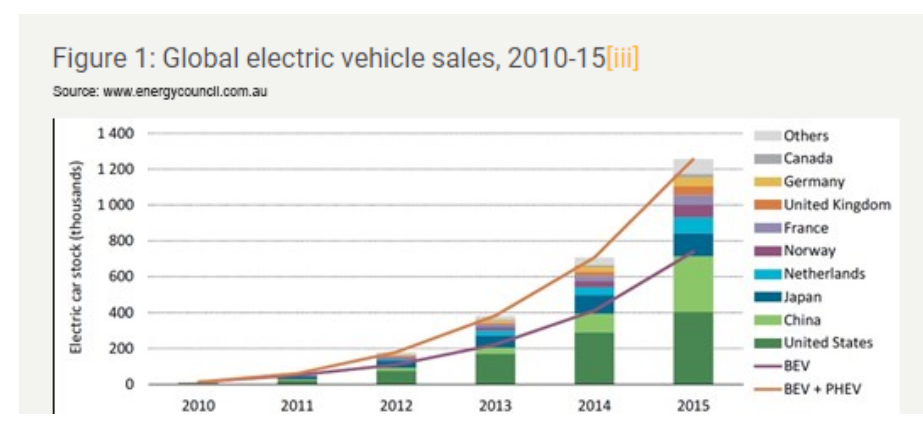With increasing car park guidance technology, exploration into self-driving cars and a shift towards electric cars, it’s reasonable to ask what the future of parking looks like.
With, as this article points out, state and local governments reducing the number of parking bays available whilst ensuring tram tracks, public transport options and bicycle lanes are appearing more readily, one could be forgiven for thinking our reliance on cars is in decline. One would be wrong – the number of registered vehicles grew in every state apart from the Northern Territory last year.
So why are we reducing the number of car parks while demand for cars in Australia continues to rise?
According to urban planners interviewed for this news piece, the number of cars will reduce over the coming decade as millennials delay getting drivers licences, the population moves away from outer suburbs towards urban centres and the demand for ride-sharing services such as Uber continues to rise.
As we observe the conflicting views about what will happen to the demand for cars over the coming years, what enthuses us at Park Agility is bringing to market improved technology based solutions for the car parking industry. As both of these articles suggest, there is room for improved management of parking with use of innovative technologies that assist with reserving bays, optimising parking spaces that already exist, with allowing online booking and payment opportunities – before a journey has even begun and with better precinct signage and guidance- to avoid endless circling around city centres to find somewhere to park. Not only do these solutions assist the driver (or driverless car, as the case may be), but also promotes time efficiency, optimises the car parking asset, makes for happy and returning customers to the parking site and, most importantly, reduces air pollution as cars know immediately where to go in order to stop.
This article from the US suggests it is critical for developers to look at innovative parking solutions now, to be able to adapt and implement new intelligence and new technology. It goes a step further, planning the physical layout of future parking facilities: “futuristic parking garages should have two key facets: increased floor to floor space and level floors… recommends parking garages have a 15-foot gap between each floor, so they can be repurposed later on as residential, retail, office, or loft areas.” The article goes on to suggest that if the future sees demand for car parking rise, not fall, this design could then morph into double layered parking given the height is already there.
So what does the future look like? We know there will be new innovations and improved parking asset technologies. But will there be more cars or less? Will there be driverless cars or more ride sharing?
Watch this (parking) space!




